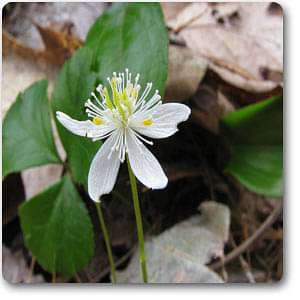
Coptis trifolia - Plant
(MRP Inclusive of all taxes)
- Shipping ₹79 for entire order
- Dispatch in 7 days
- Country of origin: India

(MRP Inclusive of all taxes)
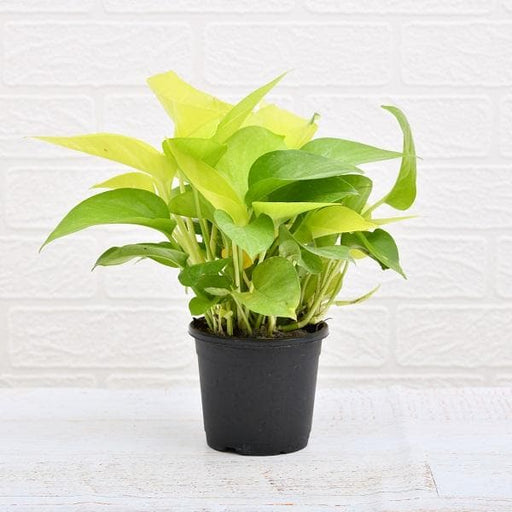 Save 29%
Save 29%
Air Purifier Money Plant with Pot The Air Purifier Money Plant, also known as Pothos or Epipremnum aureum, is a stunning indoor plant that...
View full details
 Save up to 15%
Save up to 15%
Peace Lily, Spathiphyllum - Plant The Peace Lily, scientifically known as Spathiphyllum, is a stunning houseplant celebrated for its elegant white...
View full details
 Save 25%
Save 25%
Jasminum sambac, Mogra, Arabian Jasmine - Plant Jasminum sambac, commonly known as Mogra or Arabian Jasmine, is a fragrant flowering plant...
View full details
 Save 18%
Save 18%
Combo Constituents Includes the Parijat Tree (Night-Flowering Jasmine), a culturally significant plant with fragrant flowers. Description The Pari...
View full details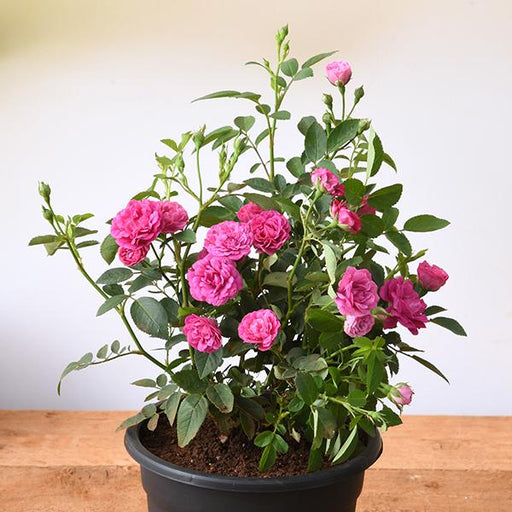
 Save 25%
Save 25%
Miniature Rose, Button Rose (Any Color) - Plant The Miniature Rose, also known as the Button Rose, is a charming and compact flowering plant that ...
View full details Save 25%
Save 25%
Damascus Rose, Scented Rose (Any Color) - Plant The Damascus Rose, also known as Rosa damascena, is a timeless symbol of beauty and romanc...
View full details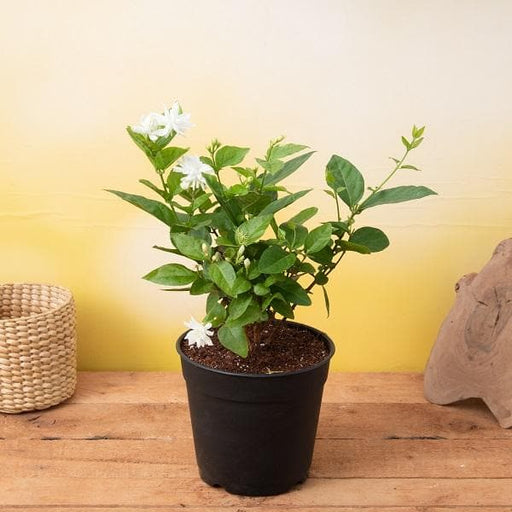
 Save 17%
Save 17%
Beautiful Fragrant Mogra, Arabian Jasmine Plant with Pot The Beautiful Fragrant Mogra, also known as Arabian Jasmine (Jasminum sambac), is...
View full details Save 15%
Save 15%
Pack of Vermicompost and Neem Cake for House Plants Transform your indoor garden with our premium Pack of Vermicompost and Neem Cake, spec...
View full details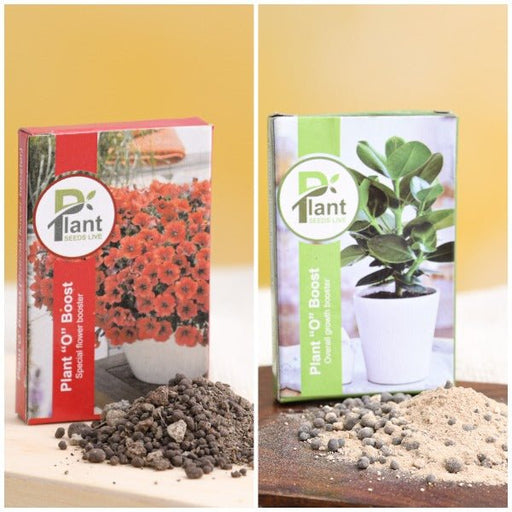
Pack of Plant Growth and Flower Boosters Unlock the full potential of your garden with our Pack of Plant Growth and Flower Boosters! This ...
View full details Save 38%
Save 38%
Combo of Jeevamrut and Neem Raksha for Easy Growth and Protection of Houseplants Transform your indoor garden with our exclusive combo of ...
View full details Save 22%
Save 22%
Plant Nutrients Kit (Pack of 16) for a Healthy Garden Transform your garden into a lush paradise with our Plant Nutrients Kit, featuring 1...
View full details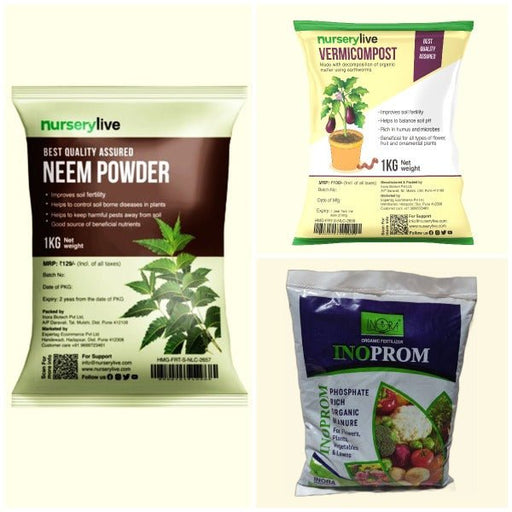 Save 16%
Save 16%
Combo of Top Plant Fertilizers Elevate your gardening game with our exclusive Combo of Top Plant Fertilizers, featuring two bags of premiu...
View full details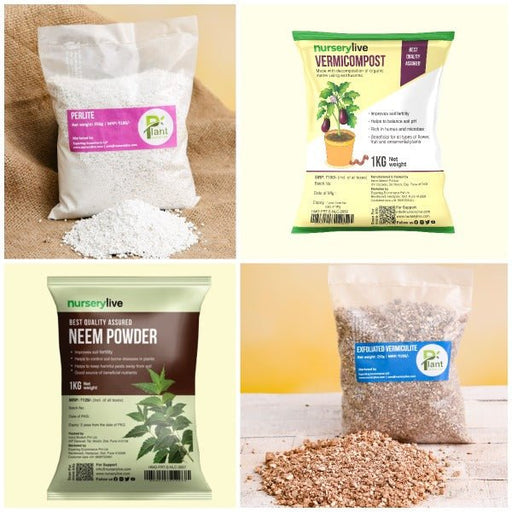 Save 24%
Save 24%
Pack of 4 Additives to Make Soil Healthy and Nutrient Rich Transform your garden into a thriving ecosystem with our Pack of 4 Additives de...
View full details Save 30%
Save 30%
Transform your gardening experience with our premium Combo of Perlite and Vermiculite. This unique blend is designed to enhance soil aeration and ...
View full details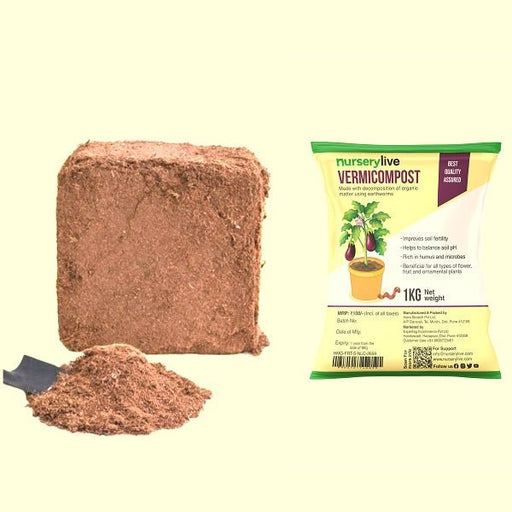 Save 27%
Save 27%
Combo of 2 Vermicompost and Cocopeat - Enrich Your Soil Naturally! Transform your garden into a thriving ecosystem with our Combo of 2 Ver...
View full details
 Save 35%
Save 35%
Best 6 Plants for Perfect Indoor Garden Transform your living space into a lush oasis with our curated collection of the Best 6 Plants for a...
View full details
 Save up to 50%
Save up to 50%
Mini Succulent Garden Pack Transform your space with our Mini Succulent Garden Pack, featuring a delightful collection of 4 any variety beautiful s...
View full details
 Save 30%
Save 30%
5 Best Fragrant Plants Transform your garden or indoor space into a fragrant paradise with our curated selection of the 5 Best Fragrant Plants. Th...
View full details
 Save 24%
Save 24%
Set of 2 Bonsai Looking Grafted Adeniums Transform your indoor or outdoor space with our exquisite Set of 2 Bonsai Looking Grafted Adenium...
View full details Save 45%
Save 45%
Top 4 Die Hard Succulents Pack Transform your indoor or outdoor space with our Top 4 Die Hard Succulents Pack, featuring a curated selecti...
View full details
 Save 30%
Save 30%
5 Best Indoor Plants Pack Transform your living space into a lush oasis with our '5 Best Indoor Plants Pack.' This carefully curated collection fe...
View full details
 Save 25%
Save 25%
Set of 4 Evergreen Air Purifier Plant Pack Transform your indoor space into a lush, green oasis with our Set of 4 Evergreen Air Purifier Pla...
View full details| SrNo | Item Name |
|---|---|
| 1 | Coptis trifolia - Plant |
Coptis trifolia, commonly known as Goldthread, is a perennial herb native to the cool, moist forests of North America. This enchanting plant features glossy, evergreen leaves and delicate yellow flowers that bloom in spring. Renowned for its medicinal properties, Goldthread has been used in traditional herbal medicine for centuries, particularly by Indigenous peoples. Its rhizomes contain berberine, a compound known for its antimicrobial and anti-inflammatory effects.
What makes Coptis trifolia special is its unique ability to thrive in shaded, acidic environments, making it an excellent choice for woodland gardens. This hardy plant not only adds beauty to your landscape but also plays a vital role in its ecosystem by supporting local wildlife. Its historical significance in herbal medicine further enhances its appeal, making it a must-have for plant enthusiasts and herbalists alike.
One of the standout features of Coptis trifolia is its striking foliage, which remains vibrant throughout the year. The plant's resilience and adaptability to various soil types make it a low-maintenance addition to any garden. Additionally, its ability to purify the soil and improve biodiversity highlights its environmental importance.
If you’re looking for a plant that’s not just a pretty face, Coptis trifolia is your go-to green companion. This little gem is packed with health benefits, from its potential anti-inflammatory properties to its role in traditional medicine. Imagine having a plant that not only beautifies your space but also doubles as a natural remedy. Talk about multitasking! With its glossy leaves and charming flowers, it’s like the overachiever of the plant world, making your garden both stunning and functional.
Caring for Coptis trifolia is like nurturing a diva—she has her preferences! This plant thrives in cool, moist environments, so don’t let her dry out or she’ll throw a tantrum. Keep her in partial shade, and she’ll reward you with vibrant foliage and delightful blooms. Just remember, she’s not a fan of direct sunlight or soggy roots. Treat her right, and she’ll be the star of your botanical show, turning heads and making your neighbors green with envy.
Coptis trifolia is a true nature lover, often found in the cool, damp underbrush of northern forests. Think of her as the introverted artist, preferring the shade of towering trees and the company of mossy rocks. This plant thrives in acidic soils, making it a picky eater when it comes to nutrients. If you want to recreate her natural habitat, consider a woodland garden where she can feel right at home, surrounded by her leafy friends and the gentle rustle of leaves.
Propagating Coptis trifolia is like playing matchmaker for plants. You can do it through division or seeds, but be prepared for a little patience. If you choose division, wait until spring when she’s ready to wake up from her winter slumber. Just gently separate the roots and replant them, and voilà! You’ve got yourself a new plant buddy. If you’re feeling adventurous, try your hand at seed propagation, but remember, good things come to those who wait—sometimes up to a year!
Coptis trifolia isn’t just a pretty plant; she’s got a resume that would impress any herbalist. Traditionally used in folk medicine, her roots have been brewed into teas and tinctures, believed to aid digestion and soothe ailments. It’s like having a mini pharmacy right in your garden! Just remember, while she’s got some impressive credentials, always consult a professional before diving into herbal remedies. After all, we want to keep the drama in the garden, not in your health!
Fear not, plant lovers! Coptis trifolia is not on the naughty list when it comes to toxicity. While she’s not exactly a salad ingredient, she won’t send your pets or kids running for the hills. However, like any good plant, moderation is key. A nibble here and there won’t hurt, but let’s not make her the main course. Keep her in the garden for her beauty and benefits, and you’ll avoid any botanical drama.
If Coptis trifolia had a wish list, good soil would be at the top. This plant prefers well-draining, acidic soil that mimics her natural forest habitat. Think of it as her version of a five-star hotel—she’s not settling for anything less! If your garden soil is too alkaline, consider amending it with peat moss or pine needles to create the perfect environment. Treat her soil like a fine wine, and she’ll flourish, rewarding you with her stunning foliage and charming blooms.
Coptis trifolia is a shade-loving diva, thriving in partial to full shade. Direct sunlight? No, thank you! She prefers the dappled light filtering through the trees, where she can bask in the coolness without getting scorched. If you’re thinking of planting her in a sunny spot, think again—she’ll sulk and refuse to bloom. So, if you want to keep this plant happy, create a cozy nook in your garden where she can enjoy the shade and show off her beauty.
When it comes to flowering, Coptis trifolia knows how to make an entrance. Typically blooming in late spring to early summer, she graces us with delicate, cup-shaped flowers that are as charming as a well-timed pun. These blooms may be small, but they pack a punch in the beauty department. Just imagine a carpet of these lovely flowers peeking through the foliage—nature’s confetti! So, mark your calendars and get ready to celebrate her floral debut each year.
Coptis trifolia is the social butterfly of the plant world, thriving alongside companions like ferns, hostas, and other shade-loving plants. Think of her as the life of the party, bringing charm and elegance to any garden gathering. These companions not only enhance her beauty but also create a lush, vibrant atmosphere that makes your garden feel like a woodland retreat. So, if you’re planning a garden soirée, invite Coptis trifolia and her leafy friends for a botanical bash!
Coptis trifolia isn’t just a pretty face; she’s got some serious medicinal chops! Traditionally used in herbal medicine, her roots are believed to possess anti-inflammatory and antimicrobial properties. It’s like having a tiny pharmacy right in your garden! While she’s not a substitute for professional medical advice, incorporating her into your herbal repertoire can add a touch of nature’s magic to your wellness routine. Just remember, consult a healthcare professional before diving into herbal remedies—better safe than sorry!
Coptis trifolia, also known as goldthread, is a charming little perennial plant native to North America. With its glossy green leaves and delicate yellow flowers, it’s like nature’s own confetti. Perfect for shady spots, it thrives in moist, acidic soils, making it a favorite among woodland gardeners. Who wouldn’t want a touch of gold in their garden
Look no further than your local plant nursery or online plant retailers. This elusive gem loves shady, moist environments, so check out woodland gardens or natural areas. Just remember, it’s not a treasure hunt; it’s a plant quest! Happy hunting for your botanical bounty!
Caring for Coptis trifolia is as easy as pie—if pie were made of shade and moisture! Plant it in well-drained, acidic soil and keep it consistently moist. It thrives in partial to full shade, so no sunbathing for this beauty. Just sit back, relax, and let it do its leafy thing!
Yes, Coptis trifolia is like the bouncer of the plant world—deer don’t want to mess with it! Its bitter taste and aromatic compounds make it unappealing to these four-legged munchers. So, plant it with confidence, knowing your garden will remain a deer-free zone. Who knew a little plant could be such a tough guy
While Coptis trifolia prefers the great outdoors, you can try your hand at growing it indoors. Just ensure it gets plenty of indirect light and humidity. Think of it as a woodland escape in your living room! Just don’t forget to water it; it’s not a cactus, after all!
Coptis trifolia has a history steeped in traditional medicine. It’s been used for its anti-inflammatory and antimicrobial properties. However, before you start brewing potions, consult a healthcare professional. Remember, just because it’s a plant doesn’t mean it’s a magic cure-all. Safety first, herbalists!
Fear not! Coptis trifolia is not an invasive plant. It’s more of a well-mannered guest in your garden, spreading slowly and gracefully. It won’t take over your flower beds or plot world domination. Instead, it’ll quietly charm its way into your heart and garden, one leaf at a time.
Coptis trifolia is a bit of a soil snob—it prefers well-drained, acidic soil. Think of it as the Goldilocks of plants; it likes it just right! If your soil is too alkaline, it might throw a tantrum. So, mix in some peat moss or pine needles to keep it happy and thriving.
Watering Coptis trifolia is like giving it a refreshing drink after a long hike—keep it consistently moist but not soggy. Aim for about once a week, adjusting based on rainfall and humidity. Just remember, it’s not a desert plant; it loves a good splash now and then!
Coptis trifolia blooms in spring, usually from April to June, showcasing its delicate yellow flowers. It’s like a little surprise party for your garden after a long winter! These blooms may be small, but they pack a punch of charm. So, get ready to celebrate the arrival of spring with this lovely plant!
Coptis trifolia is not a fan of drought; it prefers to keep its roots nice and moist. While it can survive short dry spells, prolonged drought will leave it feeling parched and sad. So, if you want a happy plant, make sure to keep the watering can handy and avoid the dry spell blues!